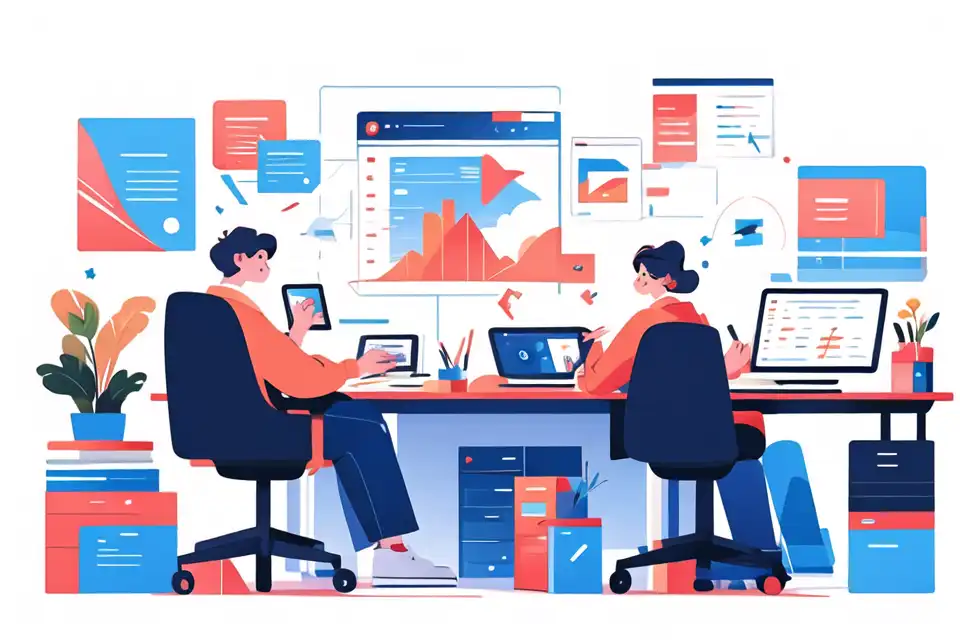Fast-Moving Consumer Goods (Fmcg)
Enhance your understanding of Fast-Moving Consumer Goods (Fmcg) and optimize your operations for success with Lark's solutions tailored for your specific needs in the retail industry.
Try Lark for Free
Use Lark Base to transform your retail business.
Executive summary
In this guide, we will explore the key impacts and trends of Fast-Moving Consumer Goods (FMCG) in the retail industry for the year 2024. We will also discuss critical implementation considerations and potential benefits for retailers.
Understanding fast-moving consumer goods (fmcg) in modern retail
Fast-Moving Consumer Goods (FMCG) refer to products that are sold quickly and at a relatively low cost. These goods are essential for consumers and have a significant impact on the retail industry. In this section, we will define FMCG in the retail context, highlight their significance, and explore emerging trends and common misconceptions surrounding FMCG. We will also discuss the role of FMCG in the retail ecosystem.
Implementation and best practices
To effectively integrate FMCG into retail operations in 2024, it is crucial to follow best practices. This section will provide insights into the recommended strategies for implementing FMCG in retail. We will also discuss how to overcome challenges in adoption for various retail formats and explore key technologies and tools that can enhance the management of FMCG in retail.
Learn more about Lark x Retail solutions
Roi and performance metrics
Understanding the return on investment (ROI) and tracking performance metrics is essential for retailers. In this section, we will provide projections for retail ROI and key performance indicators (KPIs) in 2024. We will also discuss how to measure the impact of FMCG on sales, efficiency, and customer loyalty.
Omnichannel and customer experience
With the rise of digitalization, connecting in-store, online, and mobile FMCG processes is crucial for retailers. In this section, we will explore how retailers can enhance the customer experience across different touchpoints. We will also discuss personalization strategies powered by FMCG and how they can contribute to a seamless omnichannel experience.
Learn more about Lark x Retail solutions
Operational efficiency
Optimizing supply chain and inventory management is vital for retailers dealing with FMCG. In this section, we will discuss strategies to improve operational efficiency in the context of FMCG. Topics such as optimizing supply chain processes, inventory management, workforce management, and training for FMCG will be covered. We will also address the importance of data security and compliance in retail FMCG implementation.
Future-proofing retail strategy
To stay competitive in the ever-evolving retail industry, it is essential to future-proof retail strategies. This section will explore emerging technologies and trends for 2024 and beyond. We will discuss long-term strategies that retailers can adopt to gain a competitive advantage. Additionally, we will highlight the importance of preparing for future challenges and opportunities in the FMCG sector.
Learn more about Lark x Retail solutions
Action plan for 2024
To successfully optimize FMCG in retail operations, a well-defined action plan is necessary. In this section, we will provide a step-by-step guide for retailers to follow in 2024. We will also introduce a prioritization framework and key performance indicators (KPIs) to track success. Furthermore, we will share resources and tools that can support the implementation and ongoing management of FMCG in retail.
Conclusion and key takeaways
In conclusion, this guide has provided essential insights into the world of Fast-Moving Consumer Goods (FMCG) in the retail industry for 2024. We have discussed key impacts, trends, and implementation considerations. By following the recommendations outlined in this guide, retailers can optimize FMCG in their operations and stay ahead in the competitive retail landscape.
Learn more about Lark x Retail solutions
Do's and don'ts for optimizing fmcg in retail
| Do's | Don'ts |
|---|---|
| - Stay updated with the latest trends and innovations in the FMCG industry. | - Neglect the importance of customer feedback and preferences. |
| - Implement technologies that streamline FMCG operations, such as inventory management systems. | - Overstock products without considering demand and shelf life. |
| - Focus on enhancing the customer experience through personalization and seamless omnichannel integration. | - Ignore the importance of workforce training and development. |
| - Regularly analyze performance metrics and adjust strategies accordingly. | - Neglect data security and compliance in FMCG implementation. |
| - Collaborate with FMCG suppliers to ensure a steady supply and maintain good relationships. | - Rely solely on historical data without considering future trends. |
Learn more about Lark x Retail solutions
Use Lark Base to transform your retail business.
